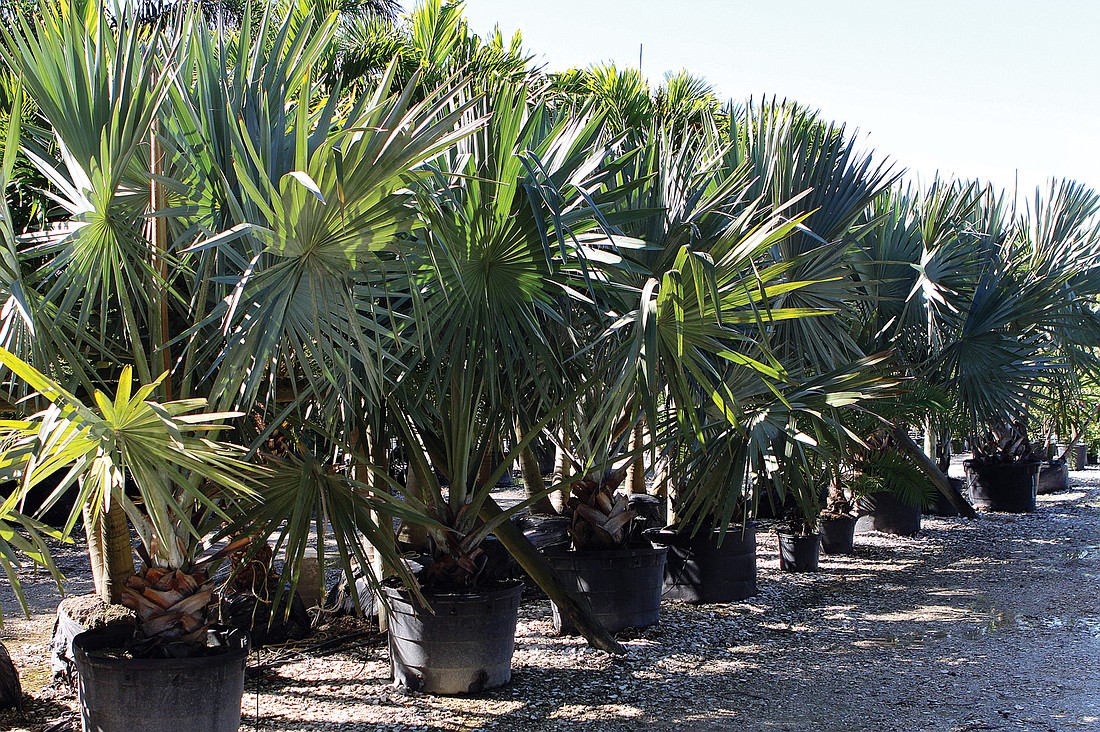- April 19, 2024
-
-
Loading

Loading

What in the world does the word “xeriscaping” mean? Pronounced as if it begins with a “z,” the use of xeriscaping originated in 1981 with the Denver Water Department. “Xeri” is derived from the Greek word “xeros,” meaning dry, and “scape,” meaning scene. In landscaping, it means creating a landscape design that has been carefully tailored to withstand drought conditions. The end result will require less water, fertilizer, maintenance and pest control than the traditional landscaping. One of the best features is the homeowner will be using less of all these, which will save him time and money.
One of the ways you can approach xeriscape is to take your existing plants and adjust them to be more water-wise and drought tolerant. The other way is to design and construct an entirely new water-wise landscape. The whole idea is to create a design that is tailored to withstand drought conditions and to use the best-suited plants for your area or use native plants. Following are the main fundamentals of creating xeriscape.
PLANT SELECTION
Try to use Florida native plants whenever possible because they are proven winners in our area. A reasonable knowledge of plants is an essential key to a successful water-wise garden or any landscape design. A few plants to consider that are low-water users would be bougainvillea, oleander, Texas sage, lantana, fountain grasses, junipers, liriope, bird of paradise, Asiatic jasmine, palms and cactus. The Sarasota hardiness is zone 9B.
PROPER GROUPING OF PLANTS
The idea of xeriscaping is grouping plants with similar water needs together This will allow them to be watered with little waste. By planting higher water-use plants in another area, you can regulate the low water-use plants more accurately. Your irrigation system can be adjusted according to the plant needs, which will save resources and money.
PROPER GRADING AND SOIL CONDITION
This allows water to soak into the soil and be used by plants rather than being allowed to run off. If you have slopes or varying terrain, you can terrace or create wells around each plant. Using good garden soils and natural ingredients, such as cow manure or compost, will allow the water to go into the ground more evenly.
WATERING
If plants had their way, they would want infrequent deep watering much more than quick, shallow watering. The xeriscape plants like the same. If you don’t have an automatic irrigation or drip system, this is something you can do yourself. As always, water on the days the county allows you to water with manual sprinklers.
MULCH AND PINE BARK
To be successful in xeriscaping, mulching has several benefits for the soil. It will retain the water much longer than dirt, reduce the temperature of the soil, support and increase essential bacteria, give the beds a fresh look and reduce the amount of weeds. Rock beds are nice but will absorb more heat onto the plants, so pick plants that can withstand higher temperatures.
Think of xeriscaping as being more about plants than anything else and don’t feel you have to do major changes in your landscape to be more water-wise. It may just mean relocating and adapting the plants you already have and adding some of the more beautiful native plants that Central Florida has to offer. Last, fertilizer is important with our sandy soil conditions. Try to fertilize at least three times per year with a slow-release (granular) or water-soluble fertilizer.
Bobby Hill is a master gardener and also teaches classes at Home Depot. Email him at [email protected].